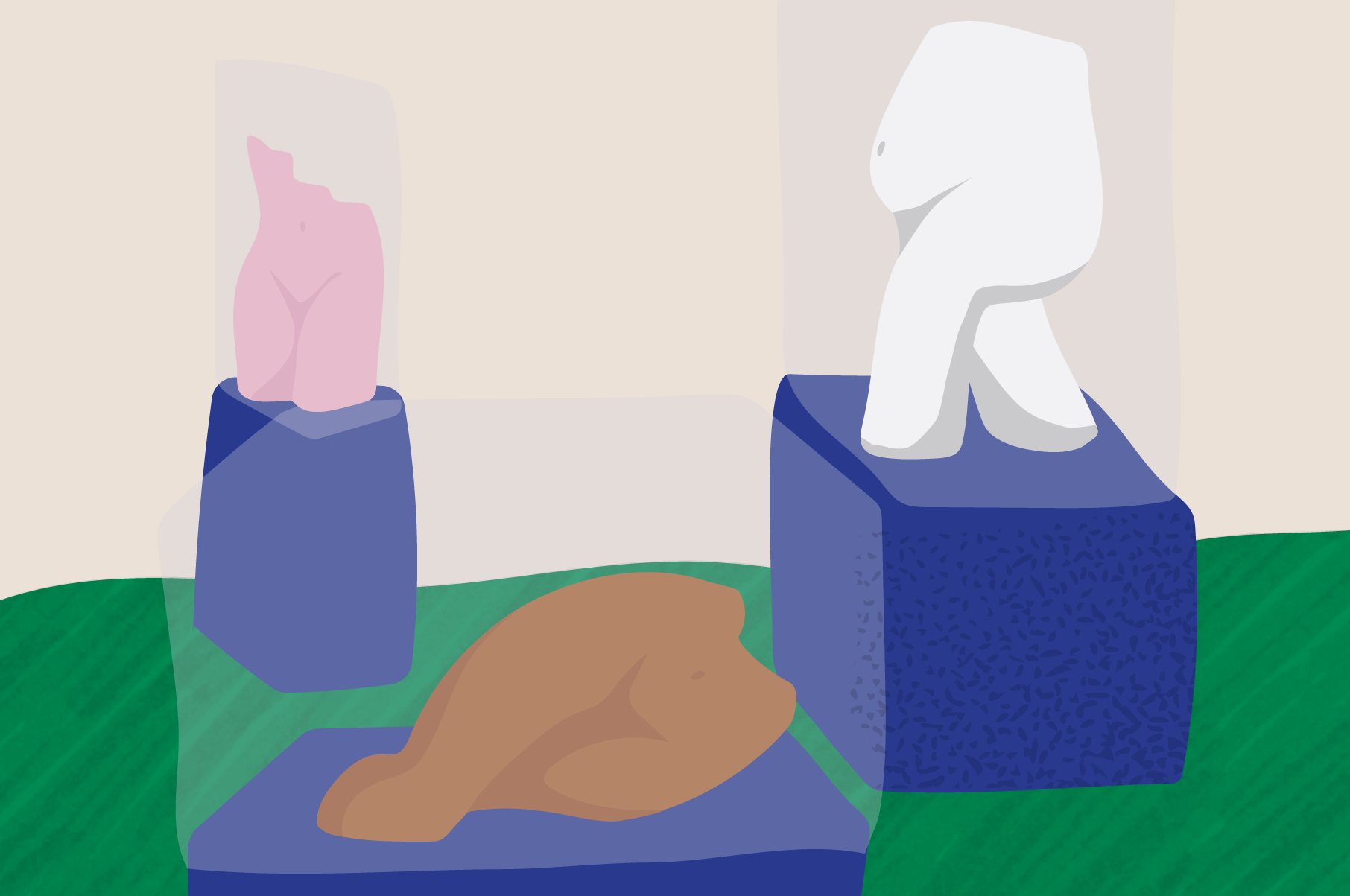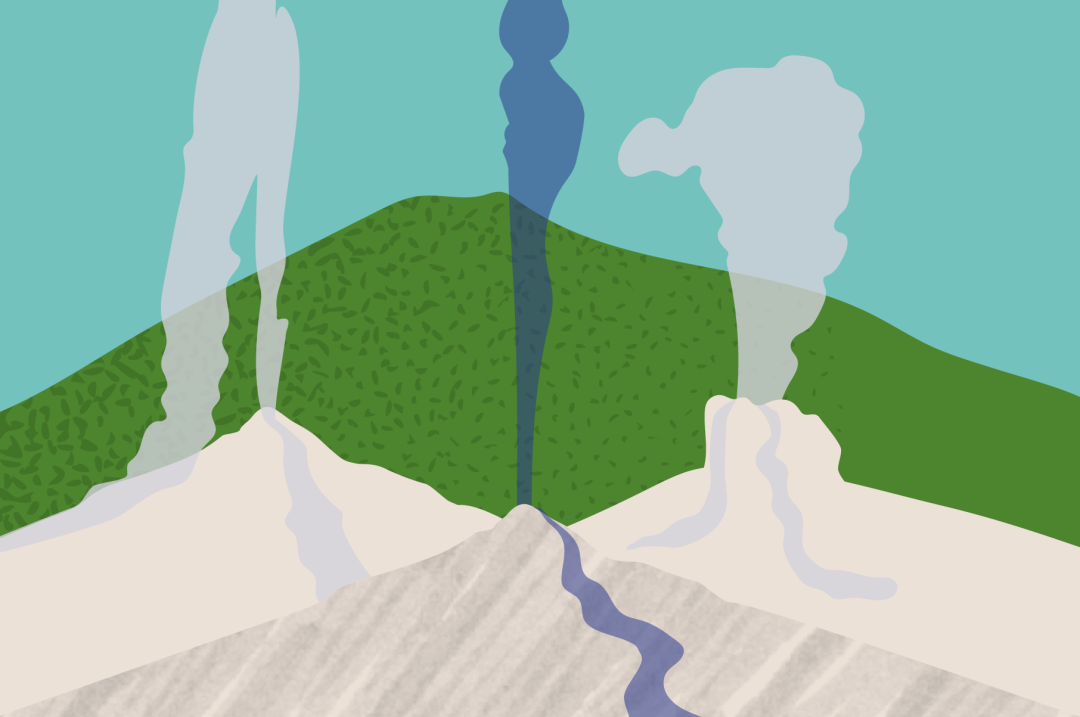A History of Pelvic Health

by Brianna Flaherty
Culturally, we don’t really talk about issues that strike below the belt, which is kind of odd if you think about it. In the U.S., where 25% of women experience some kind of pelvic floor dysfunction, it’s still headline news when Kate Winslet opens up about experiencing bladder leaks or Lena Dunham talks about dealing with interstitial cystitis. Meanwhile, in France, it’s a known and pretty unremarkable fact that women get a minimum of 10 free pelvic floor physical therapy sessions after childbirth to keep their health in check.
Pelvic health issues are super common, but physical therapy down there still seems like a medical mystery to most people. To find out where the mystery began (and who created Kegels!?), we went all the way back to ancient Greece. It turns out we owe a lot of credit to one woman who doesn't get called out in history books.
The *very early* days of pelvic health
Back in the day, many cultures understood pelvic health to be a super important part of overall well being. In Ancient Greece and Rome, Hippocrates and Galen described pelvic floor exercises that were practiced in bathhouses. Yogis used to (and still do) practice Ashwini Mudra, which connects your breath with the contraction and release of your sphincter muscles.
So if we had all this pelvic floor awareness way back when, why are pelvic health issues so taboo today? Post-ancient times, we entered a global dark age in pelvic health that brings us all the way up to the 20th and 21st century. Of course, it was a woman who brought the relationship between exercise, breathing, and pelvic health back into the limelight. And she isn’t always readily recognized for her contributions.
Meet Margaret Morris
Today, many doctors (but #notalldoctors) have a one-word solution to leaks: Kegels. Thanks to the Western-masculine penchant for naming things after oneself (i.e. Joseph Pilates, Ernst “G-spot” Grafenberg, and brothers Jacuzzi), the originator of Kegels is pretty obvious: Dr. Arnold Kegel, in the 1940s. In the 1930s, notably before Kegel published his research papers, a physical therapist named Margaret Morris started preaching the importance of breath and pelvic floor muscle training to prevent leaks.
Morris was a talented dancer-turned-holistic-healer who found her way into physical therapy after realizing that her dancers’ health and posture improved with breathing techniques. In 1930, she co-published St. Thomas’ Hospital’s Maternity and Post-Operative Exercises, the first publication to integrate dance and movement therapy for women. It explained the importance of breathing and posture before, during, and after labor, and in a lot of ways it was a foundational text for the work Kegel would become known for a couple years later. Combining breath and movement with pelvic health wasn’t a brand new idea, but it had been *conveniently forgotten* by modern medicine until Morris came around.
After Morris, Kegel completed his research and published several papers with exercise regimens for women who experienced leaks and other pelvic floor dysfunction. His exercises were more nuanced than the squeezing that defines Kegels for most people today, but the watered down version of his method is what’s become synonymous with pelvic floor exercise, despite thousands of years of history.
Today, many people think of pelvic floor physical therapy as new, but the truth is that it’s been around for longer than we realize.
Ready to see a pelvic floor PT? You can start your search here.
Posted: July 31, 2019
Related Articles
one new subscriber wins a free pair of Thinx every day! see rules


